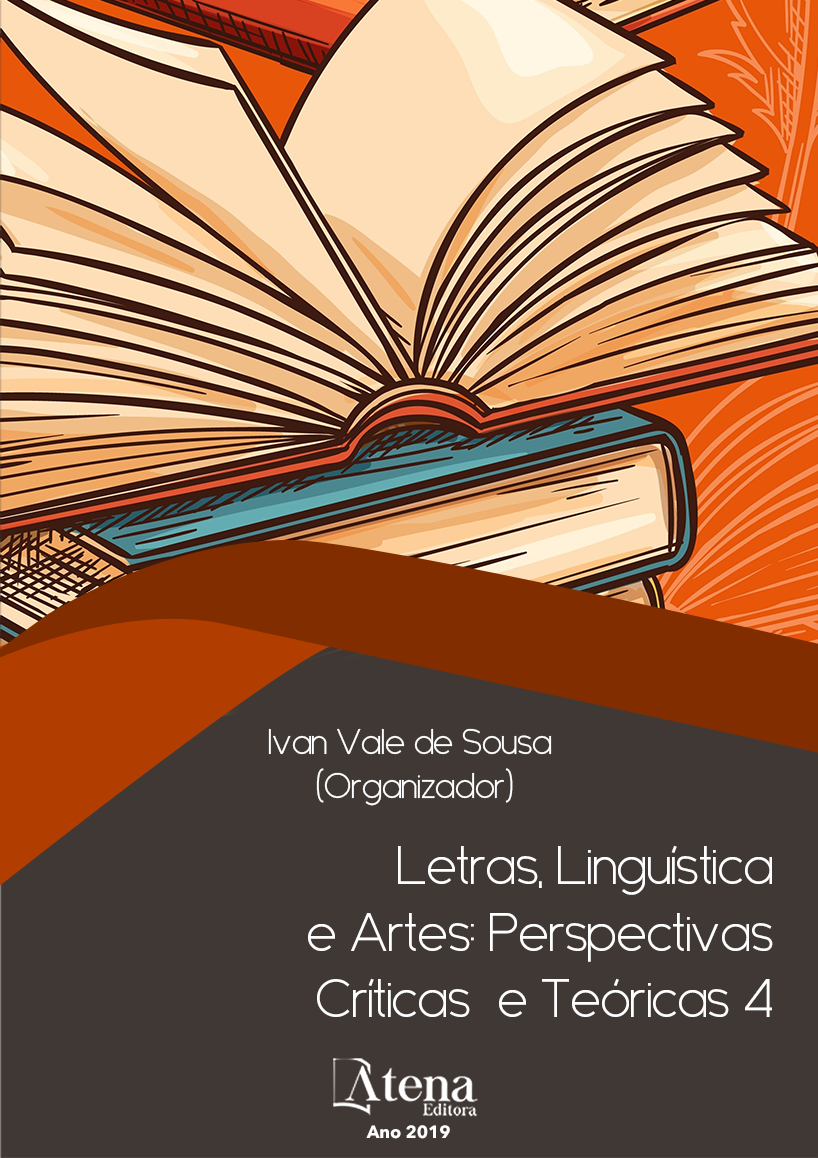
PEDAÇOS DE PAISAGENS AQUI DENTRO: ASPECTOS DA PROSA LUSITANA OITOCENTISTA EM EÇA DE QUEIRÓS, FIALHO DE ALMEIDA E TRINDADE COELHO
Pretendo aqui desenvolver uma reflexão sobre a abordagem temática da paisagem envolvendo Eça de Queirós (O crime do padre Amaro, 1875; Os Maias, 1888; Prosas bárbaras, 1903), e dois de seus contemporâneos: Fialho de Almeida (O país das uvas, 1893) e Trindade Coelho (Os meus amores, 1891). Indagarei, portanto, sobre a questão da textualização do espaço em tais obras na transição dos séculos XIX-XX. E nessa imprevista ação de demonstrar o diálogo do criador de João da Ega com alguns de seus pares, a pergunta que mais me interessa é: seria possível se pensar em motes para cada um dos escritores elencados, que os motivasse a traduzir para seus romances a paisagem lusitana seja ela citadina ou campesina? Sintonizados por essa premissa, críticos como Michel Collot, Walter Benjamin, Maurice Blanchot, Carlo Ginzburg e Georges Didi-Huberman me levam a crer que as aproximações entre leitores e paisagens narradas representariam muito bem o delineamento de fecundas possibilidades de compreensão/reinvenção das referidas obras.
PEDAÇOS DE PAISAGENS AQUI DENTRO: ASPECTOS DA PROSA LUSITANA OITOCENTISTA EM EÇA DE QUEIRÓS, FIALHO DE ALMEIDA E TRINDADE COELHO
-
DOI: 10.22533/at.ed.04819091014
-
Palavras-chave: Literatura Portuguesa; Eça de Queirós; paisagem.
-
Keywords: Portuguese Literature; Eça de Queirós; landscape.
-
Abstract:
I intend here to develop a reflection on the thematic approach of the landscape involving Eça de Queirós (O crime do padre Amaro, 1875, Os Maias, 1888, Prosas bárbaras, 1903), and two of his contemporaries: Fialho de Almeida (O país das uvas, 1893) and Trindade Coelho (Os meus amores, 1891). I will therefore inquire about the question of the textualization of space in such works in the transition from the nineteenth to the twentieth century’s. And in this unforeseen action of demonstrating the dialogue of the creator of João da Ega with some of his peers, the question that interests me the most is: would it be possible to think of motes for each of the writers listed, that motivates them to translate to their novels a landscape, whether she is a city or a peasant? In tune with this premise, critics such as Michel Collot, Walter Benjamin, Maurice Blanchot, Carlo Ginzburg and Georges Didi-Huberman lead me to believe that the approximations between readers and landscapes narrated would represent very well the design of fertile possibilities of understanding/reinvention of these works.
-
Número de páginas: 15
- ANDRE CARNEIRO RAMOS


